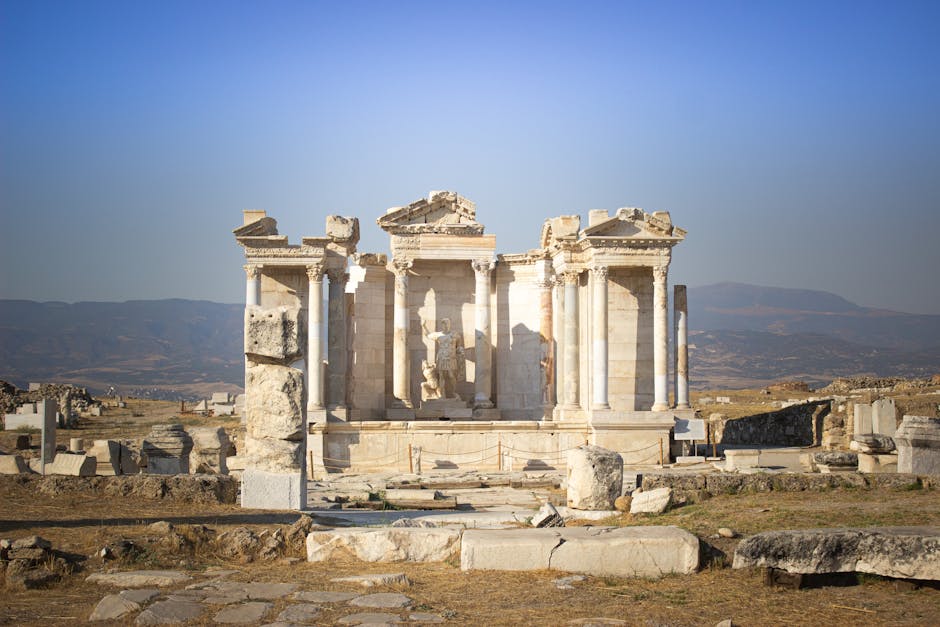The Most Mysterious Archaeological Sites
Unraveling the Secrets of Ancient Civilizations
Throughout history, humanity has left behind traces of its existence—monuments, cities, and artifacts that continue to baffle archaeologists and historians. Some of these sites remain shrouded in mystery, their origins and purposes lost to time. From massive stone structures to enigmatic carvings, these archaeological wonders invite us to question what we know about our past.
Stonehenge: A Celestial Enigma
Standing solemnly on the Salisbury Plain in England, Stonehenge is perhaps the most iconic of all mysterious sites. Composed of massive sarsen stones arranged in a circular formation, its purpose has been debated for centuries. Was it an ancient astronomical observatory, a burial ground, or a site of spiritual significance? The precision with which the stones align with solstices suggests a deep understanding of celestial movements, yet the true intentions of its Neolithic builders remain unknown.
The Nazca Lines: Giant Geoglyphs of Peru
Etched into the arid plains of southern Peru, the Nazca Lines are a series of enormous geoglyphs depicting animals, plants, and geometric shapes. Created by the Nazca culture between 500 BCE and 500 CE, their purpose is still unclear. Some theories suggest they were part of religious rituals or astronomical calendars, while others propose they were meant to be seen by deities in the sky. The sheer scale of these designs—visible only from high above—adds to their mystique, leaving us to wonder how and why they were made.
The Great Pyramids of Giza: Engineering Marvels
The Great Pyramids of Giza, built over 4,500 years ago, stand as a testament to the ingenuity of ancient Egyptian civilization. Yet, despite extensive study, many questions persist. How were these colossal structures constructed with such precision? What hidden chambers might still lie undiscovered within them? The alignment of the pyramids with celestial bodies and the mathematical sophistication of their design hint at knowledge that challenges modern understanding.
Easter Island’s Moai: Silent Sentinels of the Pacific
On the remote Easter Island, the towering Moai statues gaze inland with solemn expressions. Carved by the Rapa Nui people between 1400 and 1650 CE, these monolithic figures weigh up to 82 tons each. How were they transported across the island without modern technology? And what led to the collapse of the society that created them? The island’s ecological decline and the toppling of many statues add layers of intrigue to this already enigmatic site.
Göbekli Tepe: The World’s Oldest Temple?
Dating back to around 9600 BCE, Göbekli Tepe in Turkey predates Stonehenge by millennia. This ancient complex consists of massive T-shaped pillars adorned with intricate carvings of animals. Its existence challenges the conventional timeline of human civilization, suggesting that organized religion and monumental architecture emerged earlier than previously thought. Why was it buried intentionally, and what rituals took place here? The answers remain elusive.
Conclusion: The Allure of the Unknown
These mysterious archaeological sites remind us that history is far from fully understood. Each discovery raises new questions, pushing us to reconsider the capabilities and beliefs of ancient peoples. Whether through advanced engineering, astronomical knowledge, or spiritual symbolism, these sites continue to captivate our imagination, proving that some secrets of the past may never be fully uncovered.
What other ancient mysteries await discovery? The search for answers goes on.

